Even a regularly cleaned restroom or storage room can house the nastiest odors. Drains, toilets, and even trash cans can emanate disgusting smells. But once the odors get established, how do you get rid of them?
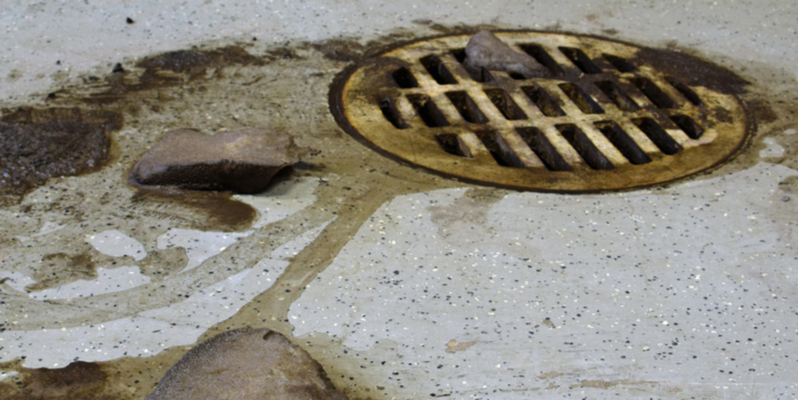
Microbial/Enzymatic Options:
There are many microbial or enzymatic solutions on the market – in a nutshell, microbes create and secrete digestive enzymes to break down bio-based odor sources. The key is to match the right enzyme to the type of biosolid – grease, feces, urine, sludge, etc. One way to ensure the right match is to go directly to the source – invest in a microbial odor control chemical. Using actual live microbes may seem counterintuitive, but the microbes (“good” bacteria) are able to identify the food source, secrete the correct enzyme and clean up fast. An enzyme based solution employs a mixture of digestive enzymes, but not the active microbes. One thing to keep in mind, though: as a live culture of bacteria, the microbes need moisture, a food source and a little warmth to thrive and reproduce. One the food source is depleted, the water freezes, the area is dried up, or the bacteria are killed with a disinfectant, they will die.
Air Care Options:
There are many ways to help address odors that don’t have a longstanding source, but are more due to frequent use, such as a heavily frequented restroom. If the room is regularly cleaned but still odors remains, this might be the solution to pursue, in order to keep your employees and guests happy.
- Passive Air Fresheners
- This family includes urinal screens, bowl clips and towers. “Passive” implies there there isn’t a self-container propulsion method involved. These products use existing airflow to spread a pleasant aroma and odor-counteracting chemistry throughout the room.
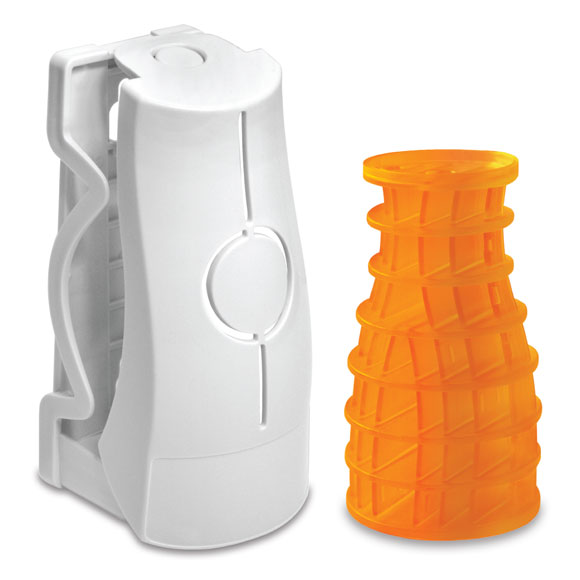
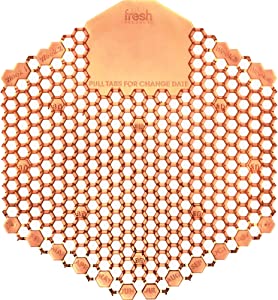
- Active Air Fresheners
- These products employ a propulsion method that actively spreads the odor-counteracting mechanism. They require some sort of power source, but do not require a high level of existing air flow. Options includes metered aerosol cans, manual room foggers, or filtration.
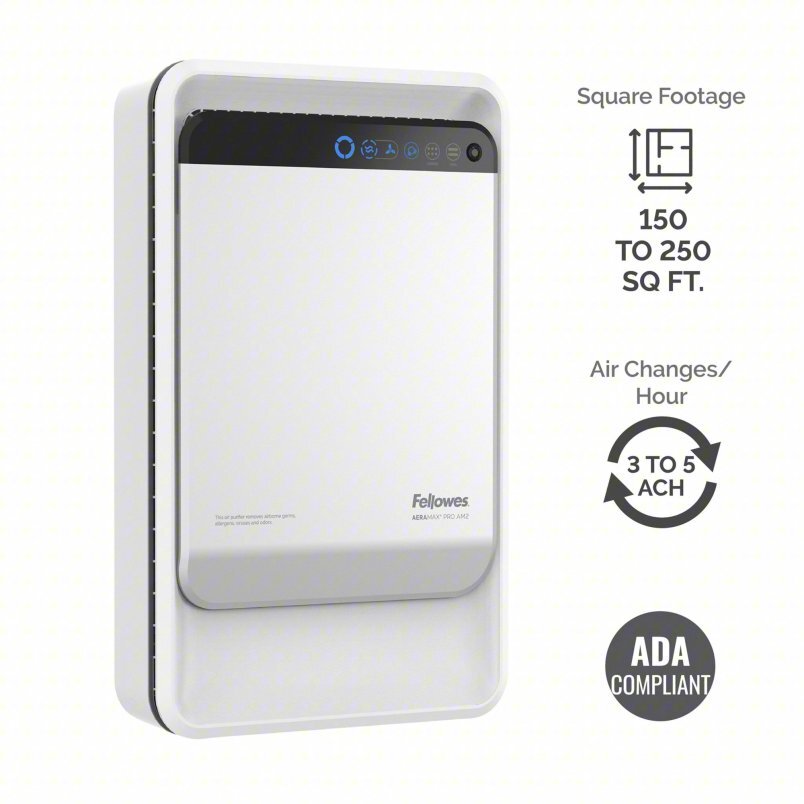
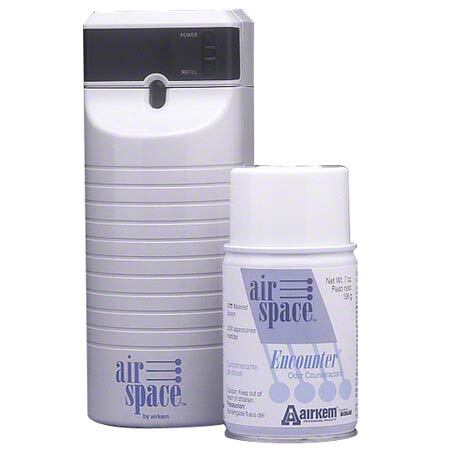
The choice is yours, and sources vary widely. I’d recommend find a local janitorial supplier to try out samples or information. Pricing varies, but enzymatic chemistry is generally the lowest cost, followed closely by urinal screens/bowl clips. Passive air solutions are the leas labor-intensive, but may only mask the odors, rather than eliminate the source of the odors. Best practices include using a microbial odor control option, along with an air freshener to improve user experience while the microbes go to work.
Happy odor Hunting!
